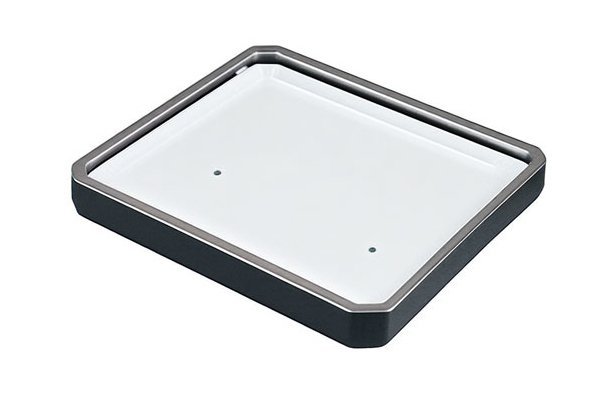Did you know that brittle materials are often considered among the most challenging to machine in the world of CNC processing? Research indicates that as many as 30% of material waste in manufacturing comes from difficulties encountered while machining these materials. If you’re involved in CNC machining, especially in sectors like aerospace, automotive, and medical devices, the effective handling of brittle materials can significantly influence your production efficiency and cost-effectiveness. But what are the particular challenges you face when machining these materials, and how can they be effectively overcome?
Challenges in CNC Processing of Brittle Materials
Brittle materials, such as ceramics, glass, and certain types of plastics, exhibit unique characteristics that differentiate them from ductile materials. Understanding these attributes is vital for successful machining. Below are some of the key challenges encountered when machining brittle materials:
Unlike ductile materials that deform plastically, brittle materials tend to fracture during machining, resulting in irregular chips. This can lead to tool wear, surface damage, and inconsistent part geometry.
Brittle materials can cause substantial wear on cutting tools due to their hardness and lack of ductility. Fragile cutting edges may chip or break during processing, leading to costly downtime and increased tool replacement rates.
A common issue with machining brittle materials is achieving the desired surface finish. The significant brittleness often leads to rough surfaces or fracture lines, which may necessitate additional finishing processes.
Excessive heat during cutting can exacerbate brittleness, leading to thermal shock and further material failure. Managing heat effectively becomes crucial to maintaining the integrity of the workpiece.
Machining operations can induce stress concentrations in brittle materials. These stress risers can easily propagate cracks, leading to failure during service.
Solutions to Overcome CNC Processing Challenges
Having discussed the specific challenges, it’s crucial to explore practical solutions to ensure efficient CNC processing of brittle materials.
The choice of cutting tools plays a pivotal role in successfully machining brittle materials.
Adjusting cutting speed, feed rate, and depth of cut is essential in minimizing the adverse effects of brittleness.

Using suitable coolants or lubrication techniques can help maintain an optimal temperature while cutting, allowing for effective chip removal and limiting thermal stress.
Adopting advanced machining techniques can greatly enhance the performance of brittle materials.
Choosing or developing custom tool geometries can help enhance chip formation and reduce wear.
: The Way Forward in CNC Machining of Brittle Materials
Navigating the complexities involved in CNC processing of brittle materials requires a multifaceted approach that incorporates tool selection, cutting parameter optimization, the application of coolants, and the use of advanced machining techniques. By effectively addressing these challenges, manufacturers can significantly reduce material waste, improve surface finish, and enhance tooling efficiency.
Ultimately, understanding the nuances of machining brittle materials in CNC processing is not just an academic exercise; it’s critical for reducing costs, improving operational efficiency, and maintaining product quality in manufacturing. As the industry continues to evolve, the successful implementation of these strategies will be crucial for organizations seeking to remain competitive and responsive to market demands.
Think about it; investing time and resources into mastering these challenges will lead to a more productive and efficient manufacturing environment. Embrace these strategies and see how they can transform your CNC machining operations today!
—
Related Posts
- What is the cutting efficiency during CNC machining of 2205 duplex stainless steel, and how does it impact production?
- How does the application of five-axis machining in medical devices improve machining accuracy?
- How Can CNC Machining Improve the Efficiency of Small Batch and Multi-Variety Production?



